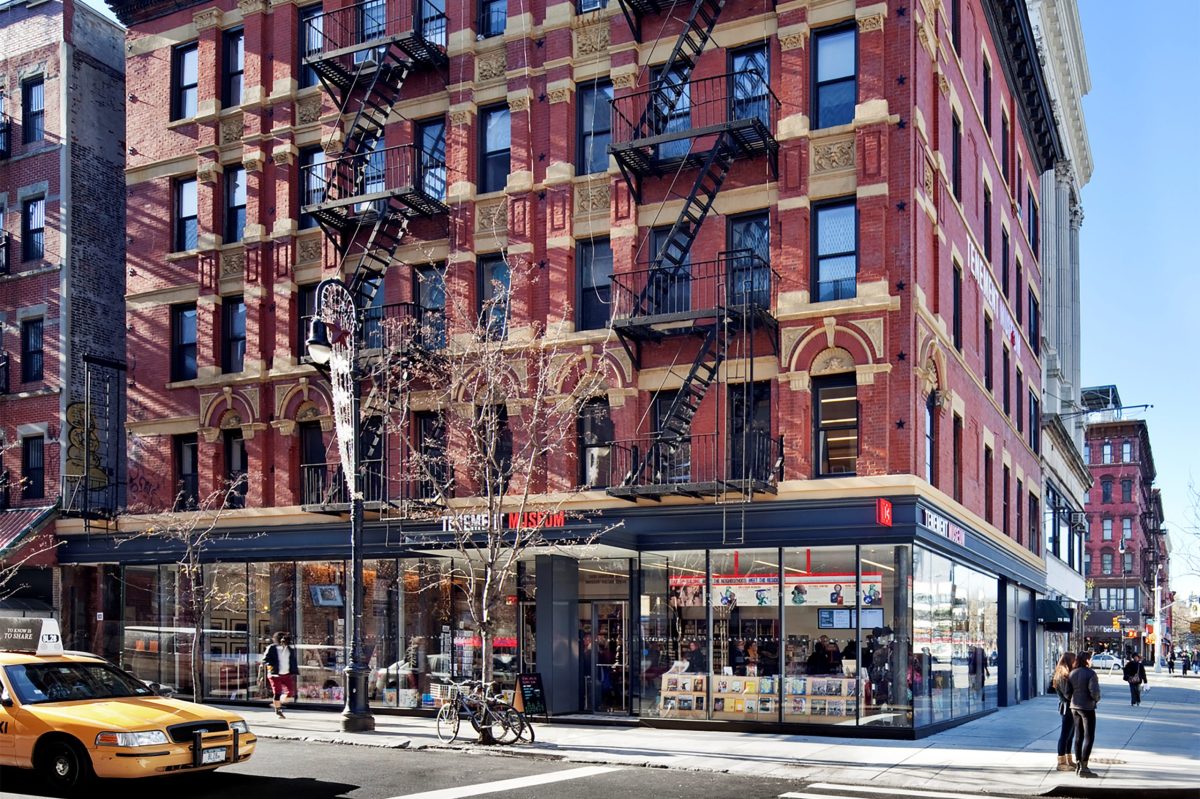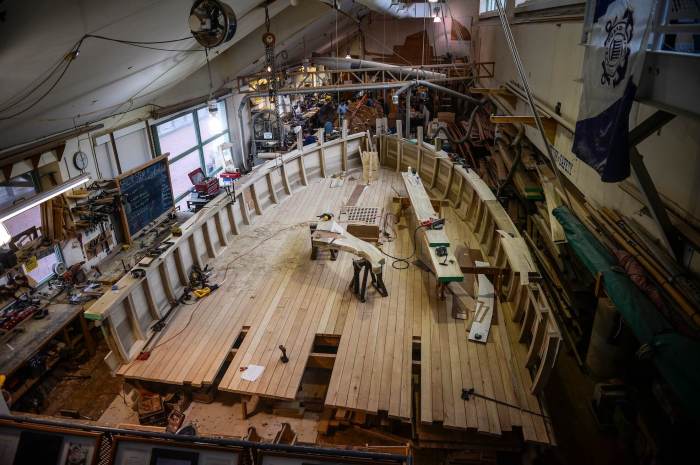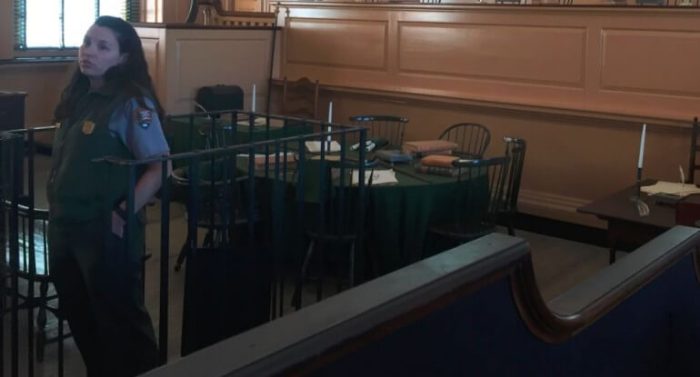While American history books have long detailed how the Pilgrims settled in Plymouth when they landed on the continent in 1620, there has been no physical evidence of their first arrival.
But in an incredible discovery, archaeologists from the University of Massachusetts Boston have found the first definitive, physical evidence of remains from that 1620 Plymouth settlement.
The discoveries, made nearly 400 years after the first Thanksgiving was celebrated in Plymouth, include stained soil where buildings once stood, 17th century pottery, musket balls and the skeleton of a calf. Kathryn Ness, curator of collections at Plimoth Plantation, said that the museum has been partnering with UMass on this project. She called the discovery“phenomenal.” “We’ve known generally where the [settlement] was but we haven’t had any physical evidence yet,” she said, “so this is the first time we’ve had objects that the Pilgrims owned, that they’ve brought over from Europe.” Ness said that for a “living history” museum like Plimoth, these findings will help inform the exhibits and what researchers know about the Pilgrims’ early, daily lives.
“Our collections and our exhibits are based on archeology and historical records,” she said. “We have been making educated guesses from other 17th century sites in Virginia and elsewhere about what the original settlement would have looked like, and now we have evidence.” The discoveries have actually raised more questions than they’ve answered, Ness said. That includes the calf skeleton. The animal was killed, but not butchered, researchers found, so they’re still trying to figure out why it was buried. Ness hopes that as more artifacts are found, a clearer picture of how Plimoth can adapt its exhibits to be most accurate will come into view.
“It’s definitely an ongoing story,” Ness said.
Archeologists have been working on this dig for four years. They have been comprised of teams from the UMass FiskeMemorial Center for Archeological Research. David Landon, associate director of the Fiske Center, has been running the summer field schools in Plymouth, taking graduate and undergraduate students to dig in the downtown area. The artifacts were found over the summer, but their importance just recently came to light. For every one day digging in the field, researchers spend four to seven days analyzing the artifacts in a lab, Ness said. “We literally take back [to the lab] every little grab of broken pottery, every nail, and study them intensely to make sure we’re confident about how old they are,” Landon said.
Though they’re still cleaning, labeling and photographing all of their findings, Landon said, they couldn’t resist sharing their discovery around Thanksgiving time as the country thinks of that “first Thanksgiving” in Plymouth. This evidence wasn’t discovered earlier partly because the site is in downtown Plymouth, buried under roads and buildings, Landon said.
“It’s wonderful digging in the town of Plymouth because we’ve learned about all different time periods, starting with Native settlements thousands of years ago through the history of the town,” he said. “It’s great to add this piece from the 17th century about the original settlement.” Students involved in the project were just as excited as Landon about their findings. Landon said that the experience has “definitely committed some students to an archeology career.”
Landon, along with more students and researchers, will be back digging for more gems at the site next summer.
“The preserved section of the settlement, it’s a small sliver but a sliver nonetheless,” he said. “We found the first slice and we want more slices.”


















